We are calling on all coffee lovers. Who doesn’t have a favorite, whether it’s a latte, cappuccino, or Americano? It takes only one sip of a warm caffeinated coffee to wake up our cloudy heads, speed up the tired heart, and ready us for a productive day.
After reading this tutorial, you will be a master of all things coffee while tackling any grocery store with confidence. Your friends won’t know where you end, and the professional barista begins. Don’t forget to put out your tip jar. Now, let’s look at just how to make strong coffee.
Step 1: Consider Caffeine and Strength
The first step in making a strong cup of coffee is to think about the amount of caffeine and flavor strength. Do you want a heaping dose of caffeine fuel or a rich full-body experience?
It’s important to note that drip brew coffee contains the most caffeine, but espresso and French press have the most robust flavor.
A surefire way to adjust the strength is by changing the amount of ground versus the amount of water.
The best coffee with a strong flavor is a slow-drip coffee with a few espresso shots mixed in. It makes for an astringent taste with a full leaded caffeine content, bound to wake you and get you going.
Step 2: Choose Your Coffee Beans
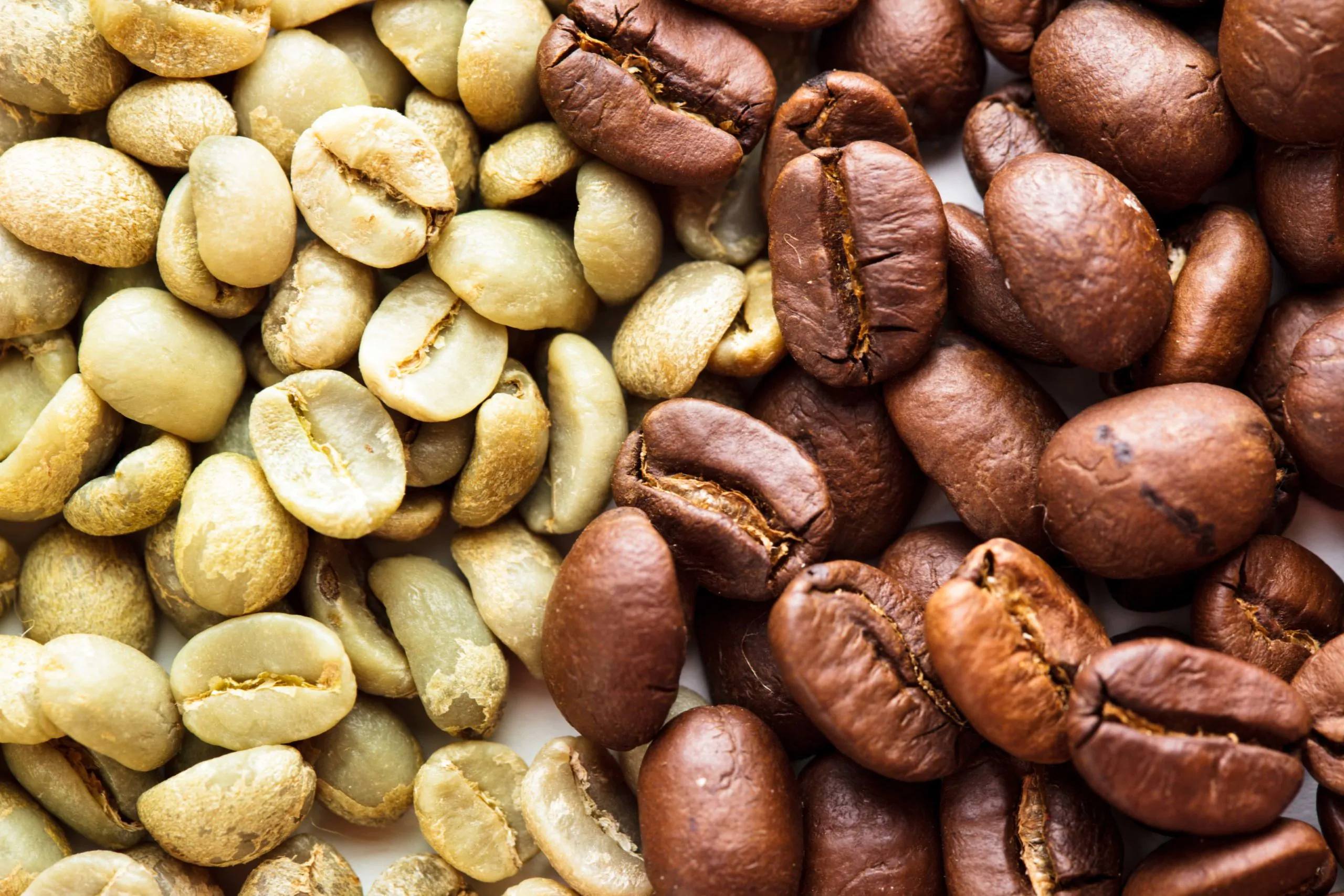
When making a strong cup of coffee, the beans you choose are essential to the brew. Here are the four main varieties:
- Robusta beans are bitter and less fragile, with a higher caffeine content, and aren’t as expensive due to the less delicate nature and more extended harvest season.
- Excelsa is an unusual coffee bean that provides both a dark flavor and a light roast. It’s a real hodgepodge of flavors, so to speak, so it’s typically used as a blend to mix in with other beans.
- Liberica, almost an urban legend of coffee beans, and only the lucky few have tried its woodsy flavor. It’s native to central Africa, Liberia, to be exact.
Some have reported that it doesn’t taste like coffee at all. Significantly few coffee producers are planting it; therefore, it isn’t easy to locate
- Arabica is the most prominently used coffee bean in the United States and the one you will most likely see in stores. It’s known for its chocolaty notes, leaving it with a smooth finish and a sweet undertone. It is the most utilized coffee bean in the United States.
Step 3: Roasting Beans (Optional)
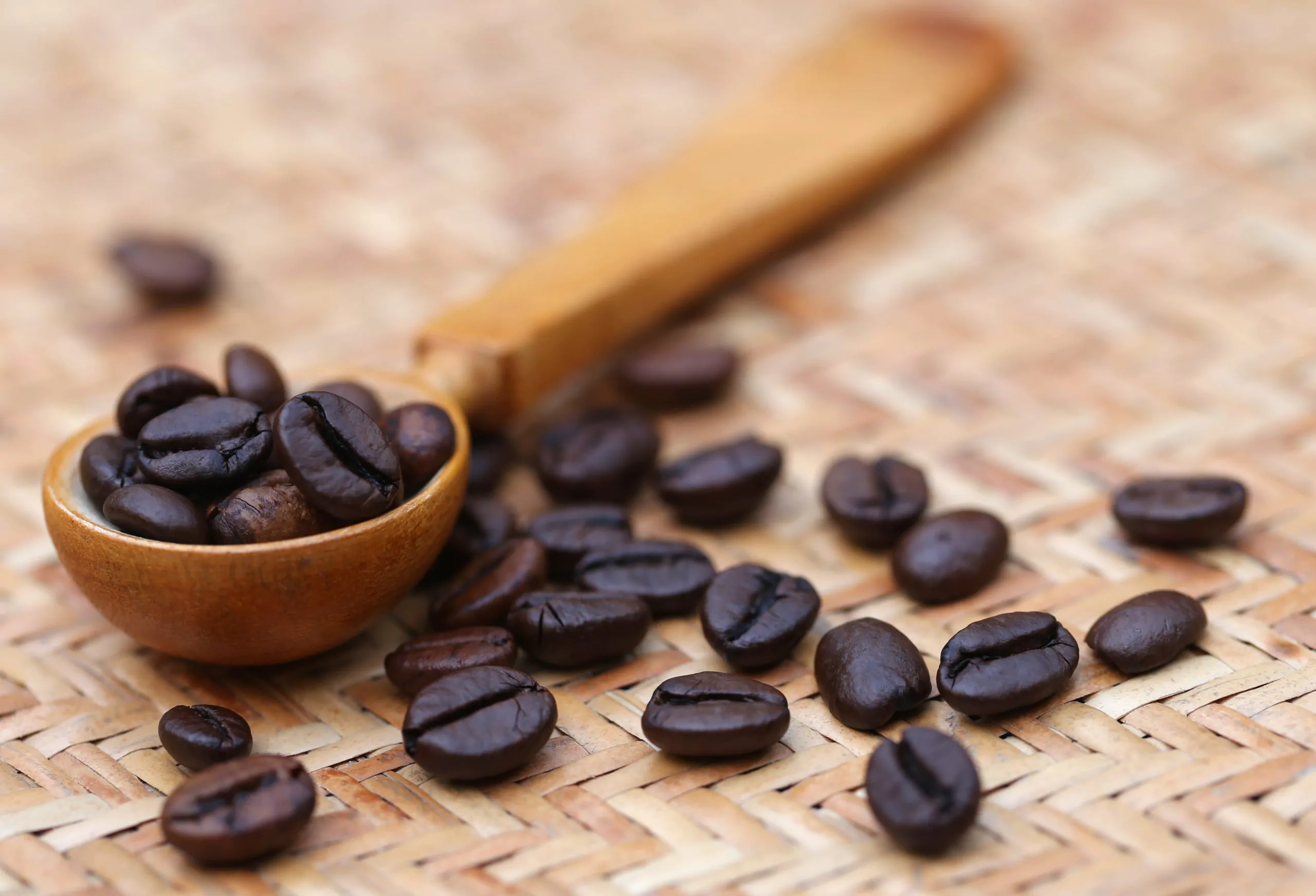
Roasting coffee beans brings flavors to the forefront by creating a chemical change with heat. Roasting light or dark coffee beans not only changes the taste and aroma, but it also affects the caffeine level.
Dark roast has a single-note flavor and is less dense, where light roasts are less bitter and have a full pallet of taste. If you are on the market for a roaster and love DIY projects, there are plenty of roasting machines and methods to try from home.
Step 4: Grind Your Beans
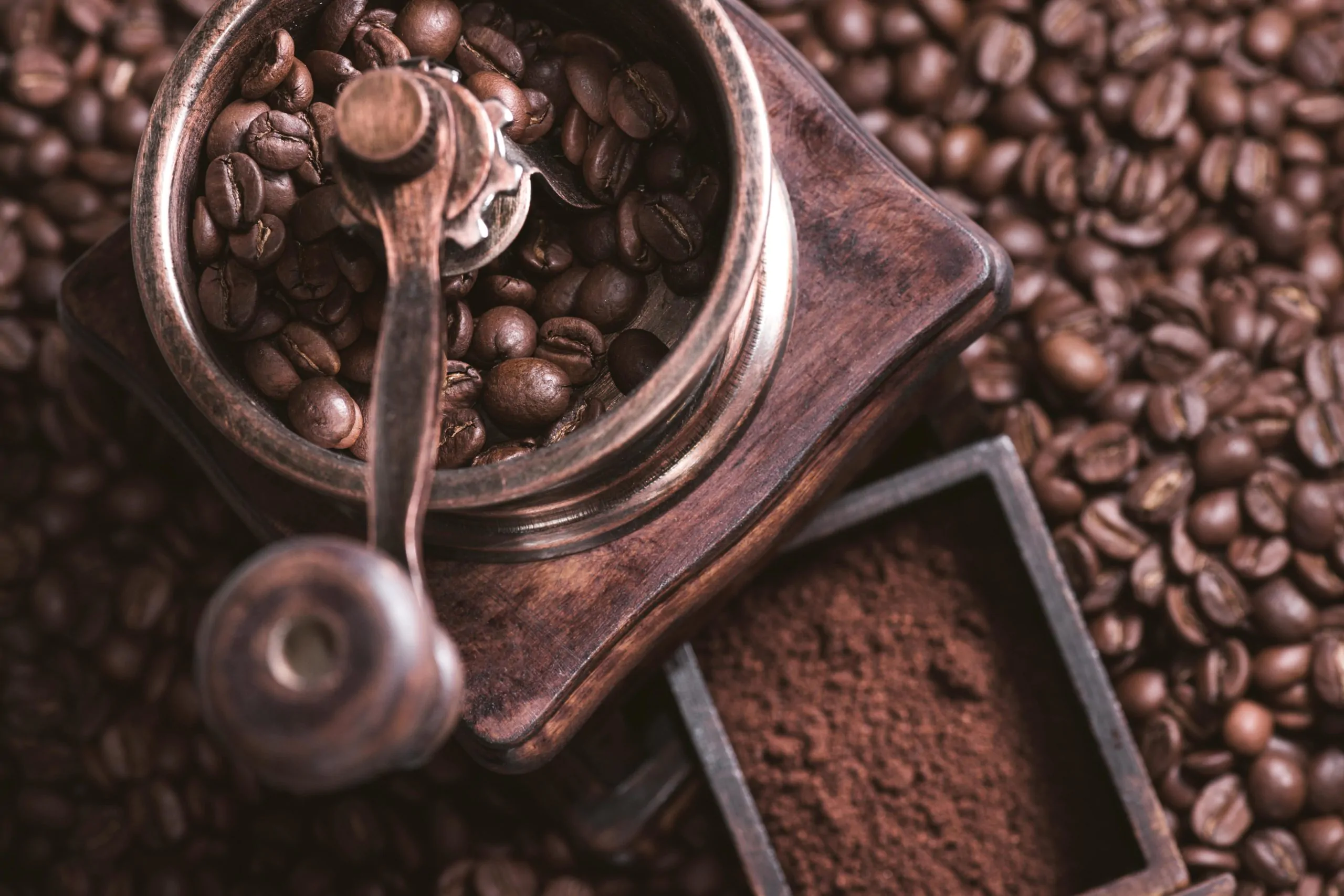
How you brew the strongest coffee can be just as important as the coffee bean itself. First and foremost, the freshest cup of coffee out there is ground out of whole beans the moment you intend to drink it.
A burr grinder is perfect for giving you control over the grounds’ consistency versus the average store-bought grinder with one setting. Each brewing method has a preferable grind consistency, so pay attention.
Step 3: Choose a Brewing Method
The next thing you need to decide when brewing strong coffee is which brewing method you prefer.
When looking for a full-bodied palate, this is where you should focus your attention. You can decide on a stronger cup of coffee by the different brewing methods depending on what’s in your price range and time availability.
The Pour-Over Method
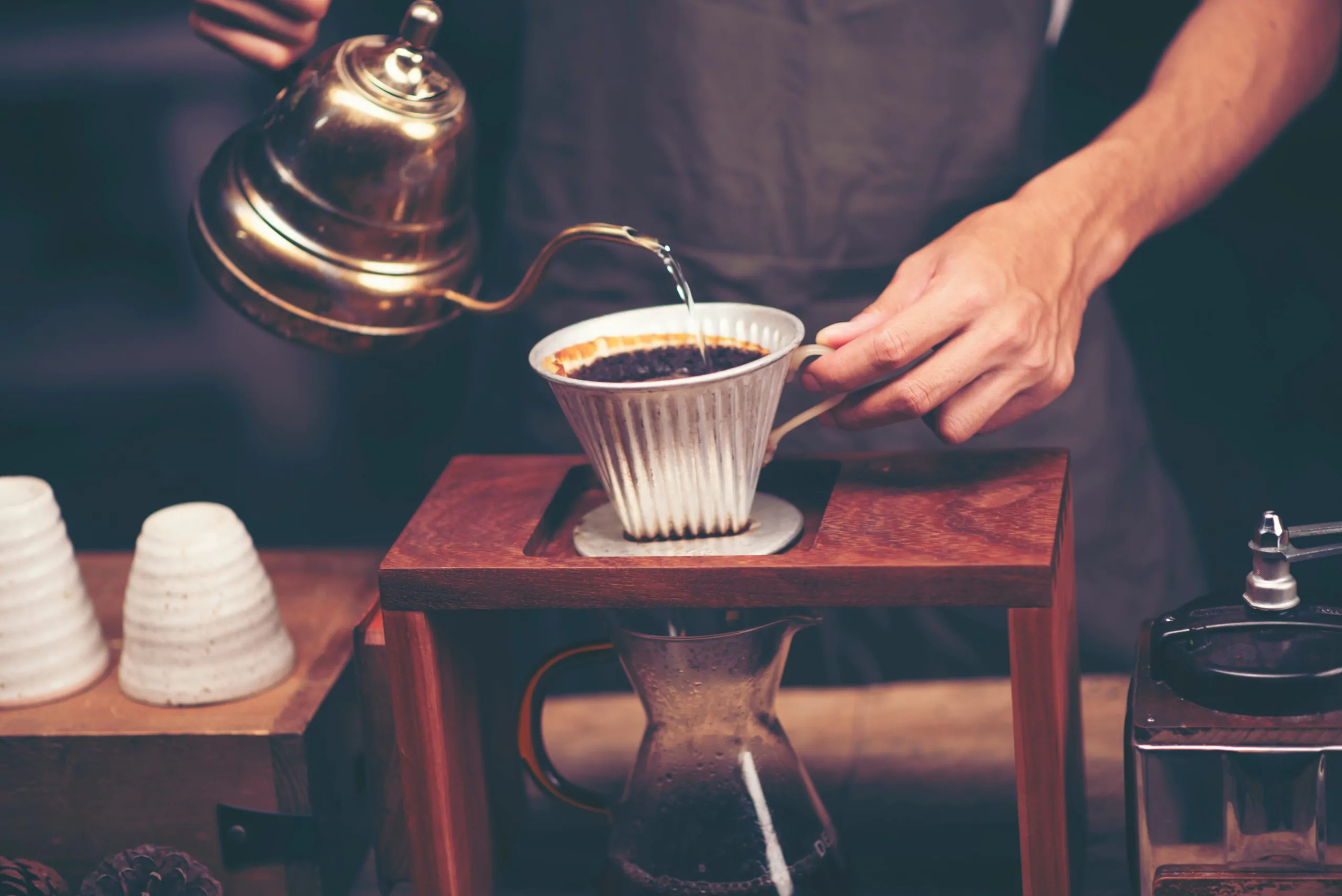
The Pour-over method requires you to place the filter on any style dripper over the cone’s top. For strong coffee, measure 4 or 5 tablespoons of coarsely ground bean with the water temperature 200 degrees F. A Chemex is an ideal coffee maker, for it has a superb filter and is considered a pour-over.
Aeropress
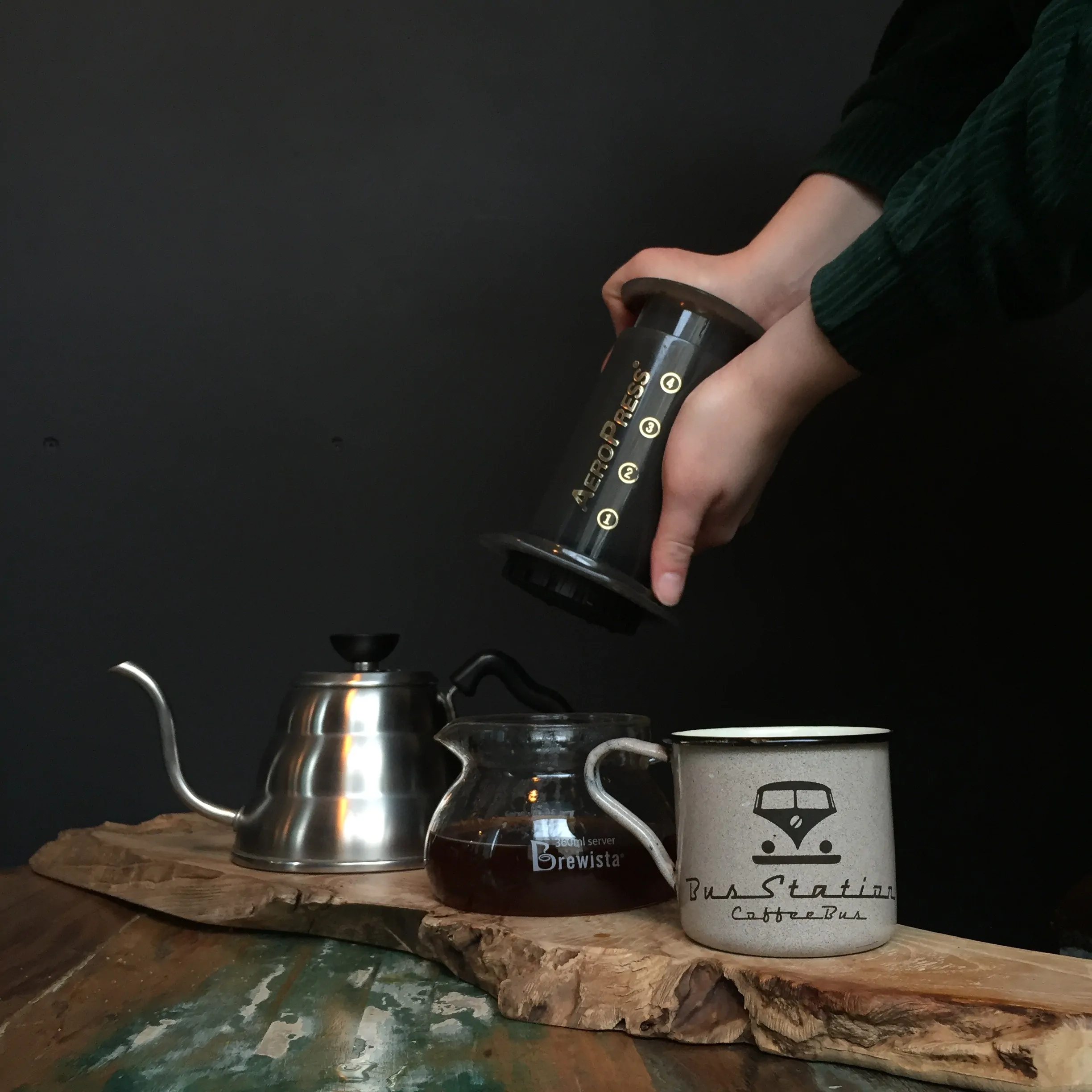
The Aeropress method uses pressure from an airtight cylinder as it pushes the water through the grounds. Start by grinding fresh beans to a medium-fine coarse, place a paper filter inside the cap, and lock it into place to add your coffee grounds.
Using 200 degrees F water, fill to the cylinder’s top, leaving a little gap while giving a few minutes to brew before plunging.
Cold Brew Coffee
Cold-brew coffee starts with extra coarse ground beans and cold water. For a strong coffee, slow drip overnight in a refrigerator allows for strong steeping; the typical brew time is 12 hours.
A good recipe for cold brew is 1 cup of grounds to 4 cups of water. You can adjust to your taste preferences.
It’s important to note that you can drink this warm or cold, so adding espresso shots to this coffee intensifies caffeine content, amount of coffee, and flavor.
Siphon Method
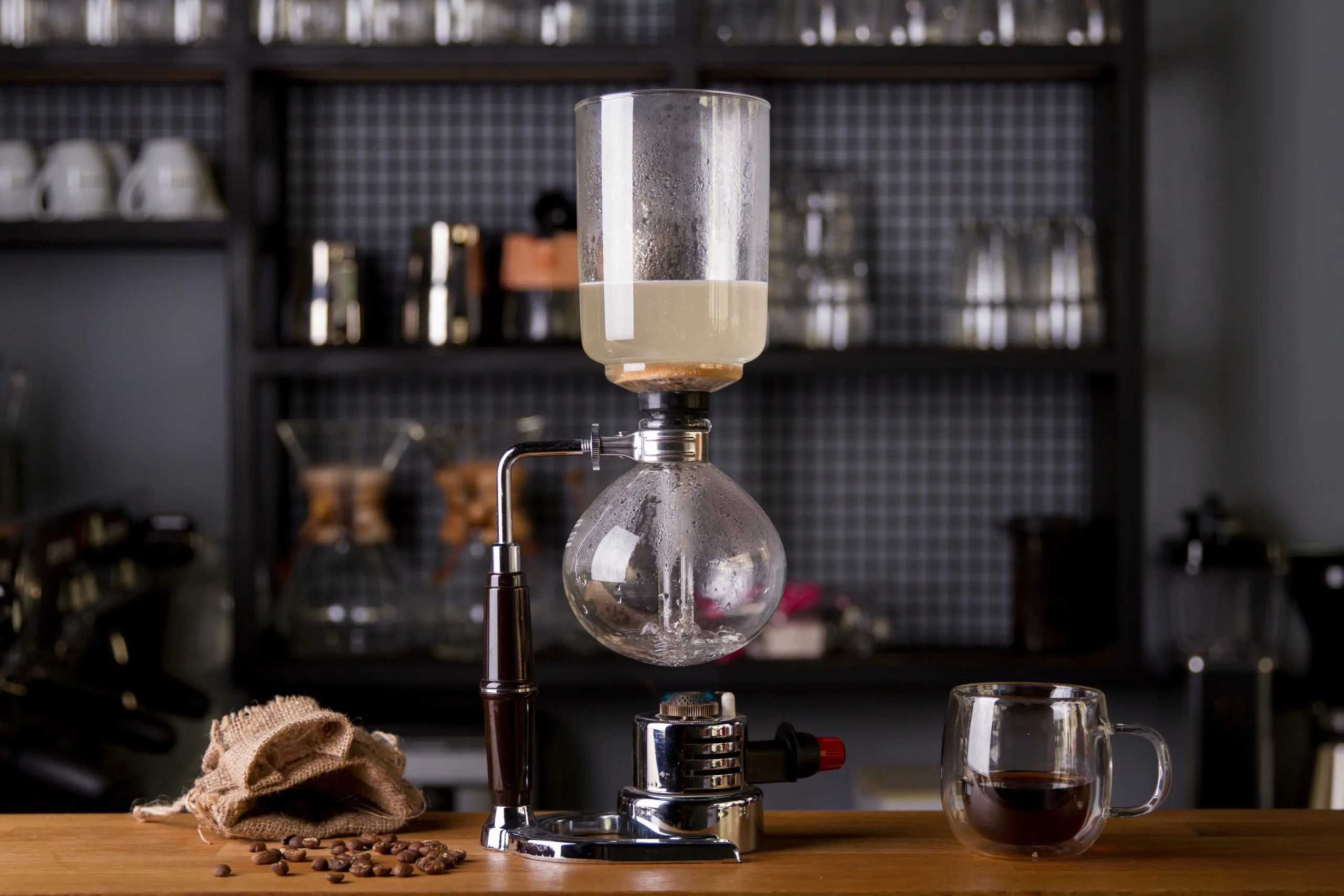
The Siphon method, also known as a “vac pot,” looks like a science lab that creates a vacuum extraction with the help of gravity that heats and cools the water making a vapor and forcing the water to rise.
The key to strong coffee is to get the water temperature almost to a boil, not entirely, and use medium ground beans.
French Press
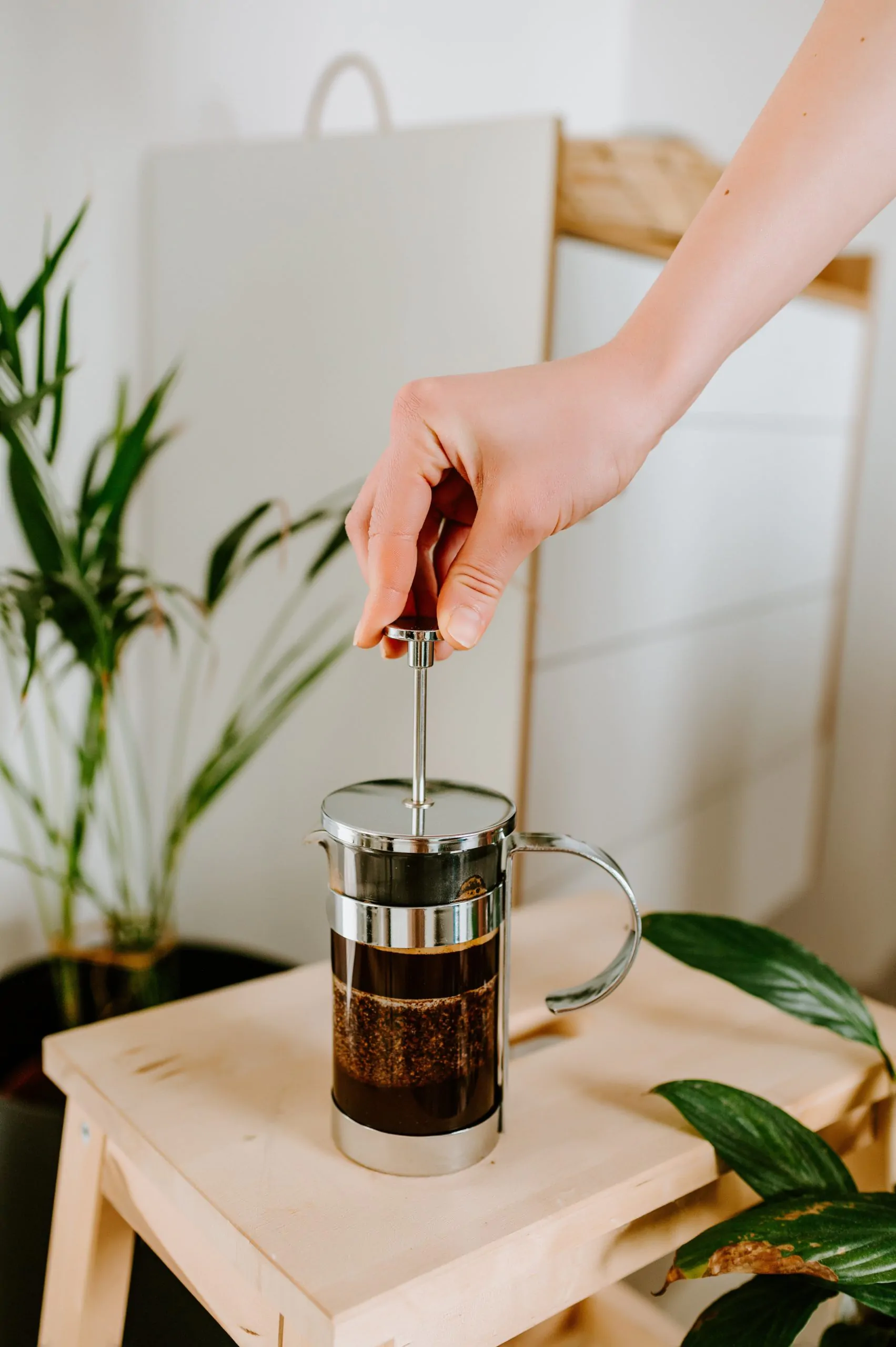
Another strong brewing option is a French press coffee that is a convenient method when you don’t have an espresso machine on hand or access to electricity. It can follow you along anywhere because even in the woods, coffee is essential.
When using a French press, the coarse coffee grounds steep inside a glass beaker for several minutes and then is pressed to the top separating the grounds from the water with a metal filter. This process allows for the grounds to push through the water without any escaping grinds. No one wants a chewy coffee littered with grounds.
A popular dark bean style of brewing is called a French roast. Its undertones have an overly cooked, almost burnt flavor that people thoroughly enjoy.
To achieve this cooked result, leave it in the French press for four minutes using boiling water. You, too, will see why the style is so popular with its consumers.
Espresso
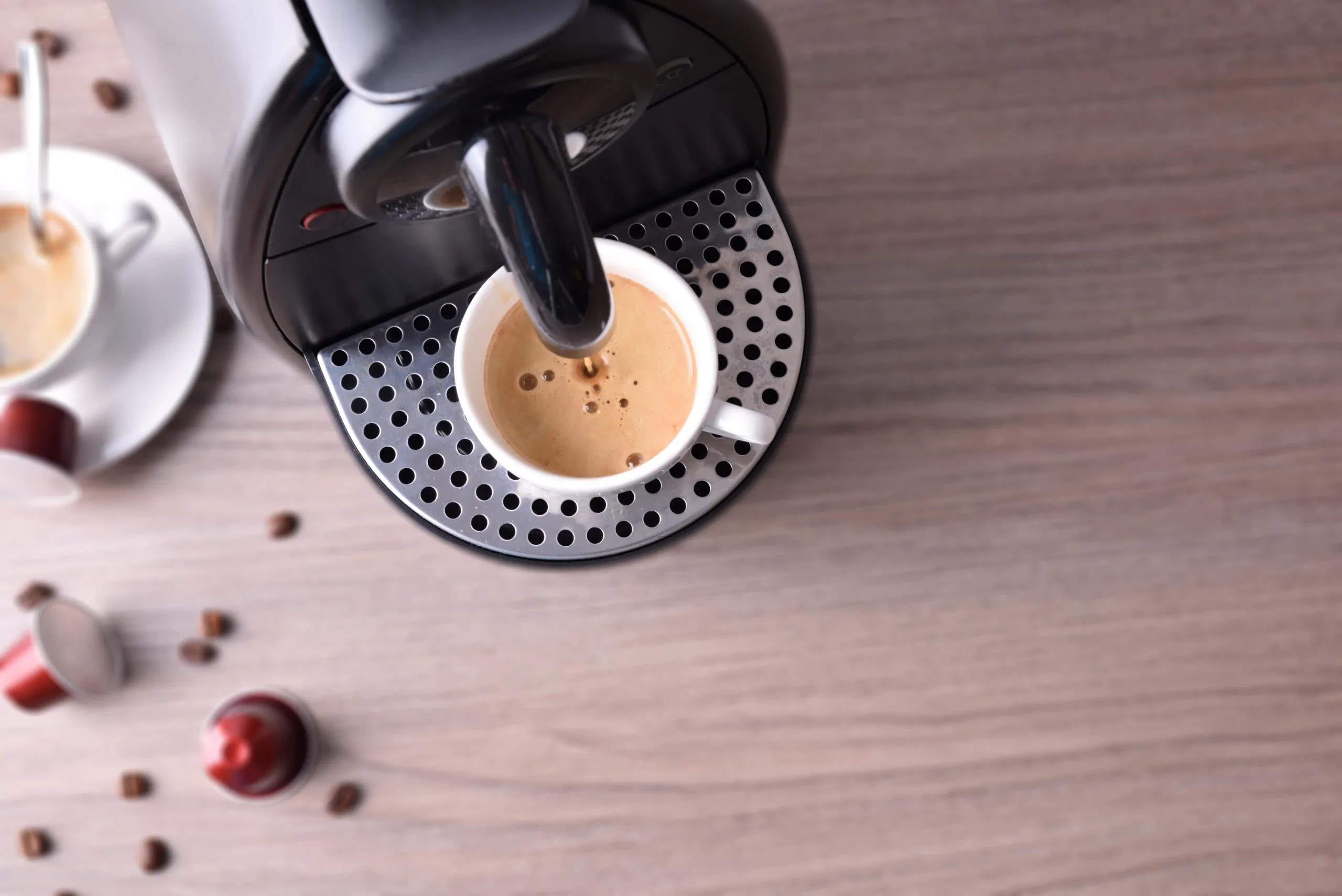
When choosing this robust coffee method, keep in mind most espresso machines have a hefty price tag making them less accessible to your home kitchen. The select few that have them swear by them.
When making espresso at home, it’s essential to grind a dark roast or espresso bean into a fine consistency. For a strong coffee, press a double dose of grounds into a portafilter. The perfect espresso is considered two shots, which are 2 ounces.
The magic of espresso is when it intertwines with the water temperature of 195/205 F while forced under pressure, making it a stronger coffee-per-water ratio. Depending on your machine you can control the water temperature.
The deluxe of Espresso makers have an attachment called a steam wand to froth up your milk of choice, preferably the fatty kind. Heat is the key here, so don’t burn the milk, 139-149 degrees F, so be mindful of the temperature.
If you don’t have an espresso machine, stovetop espresso makers, or a moka pot, are an affordable options. If you like this post, you might be interested in reading why your coffee tastes like water.
Additional Tips for Making Strong Coffee
As you’ve learned through this article on how to make strong coffee, the quality of beans, water temperature, and brewing methods all play an essential role in creating a high-quality cup of strong coffee.
Remember to clean your coffee machine with a non-toxic cleaning solution such as vinegar regularly. Keeping old sediment and buildup out of your machine will help it run more efficiently, and your coffee will taste better too.
Coffee grinds can build up in your grinder, so it is crucial to tidy it regularly to keep it running at a high optimal function.
Water ratio is a known strength component, and minerals from tap water magnify flavors and richness. However, filtered water is necessary if you live in an area with hard water, which will make your coffee taste bitter.
Coffee Storage
An airtight container is sure to keep your beans fresh and full of flavor for some time. It will ensure your coffee stays strong and potent. Make certain the storage box isn’t see-through, for if the light reaches your beans, it can compromise the integrity and change the flavor.
Evidence suggests to avoid freezing unless you are trying to extend the life of your beans. However, be aware that coffee beans can collect freezer burn, which changes the flavor.
Coffee Filters

Scientific evidence suggests filtered coffee is healthier for your heart while proving that it doesn’t affect the flavor. Most coffee makers have distinct filters that will fit in each machine.
Some have chosen to switch to reusable filters to cut back on what goes into the landfill and allow your money to be better spent on the coffee itself.
Shopping in the grocery store, you will see various filters from size, shape, and color. The brown filters are unbleached and work just like any other.
The Final Step: Becoming a Coffee Connoisseur
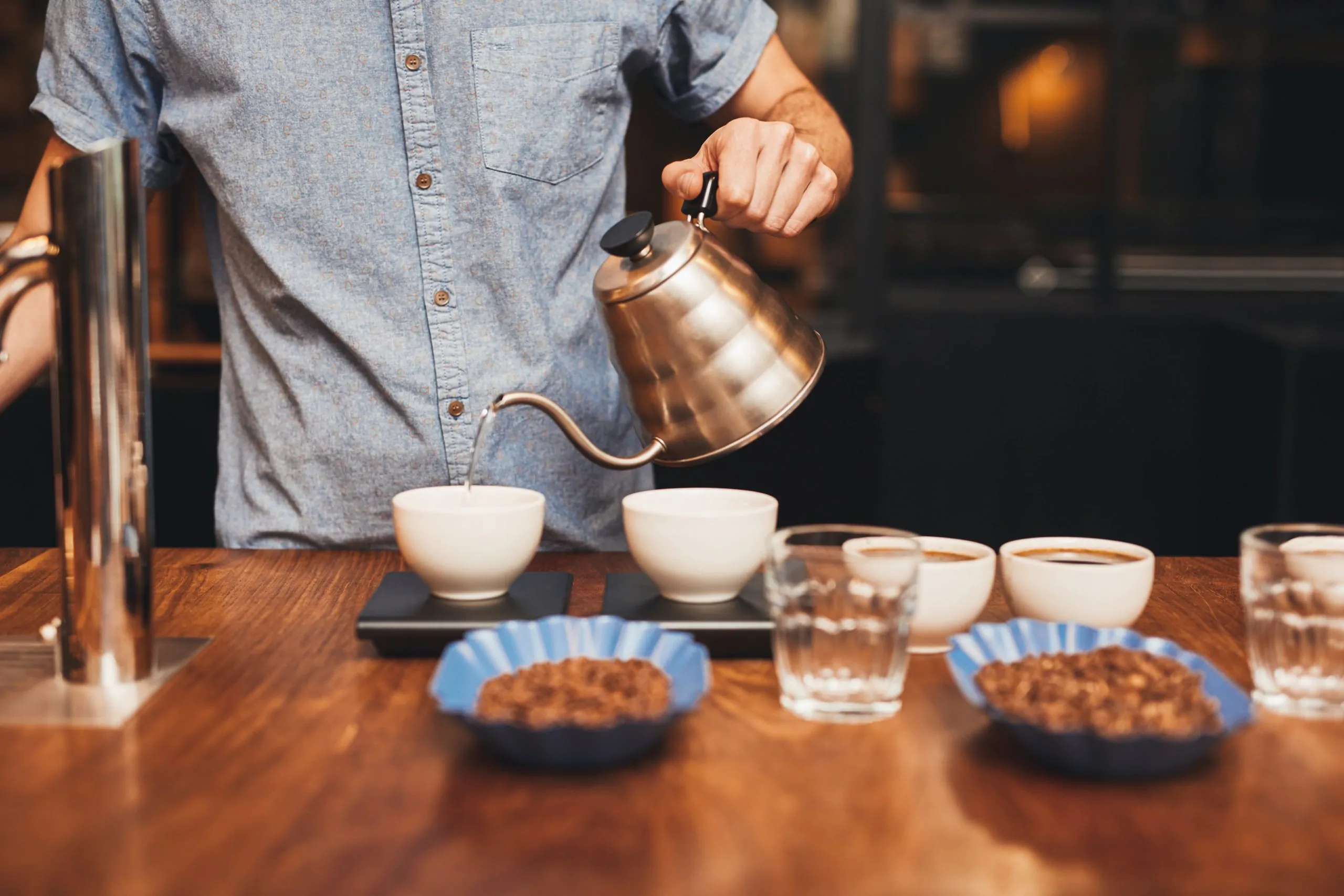
Making a strong cup of coffee isn’t difficult and doesn’t have to be expensive. Whether you’re on a budget attending college or a savvy business associate, reliable, strong coffee is within reach, and it doesn’t have to break the bank.
Truthfully, brewing fresh coffee is considered an art form. There are a dozen ways to accomplish this task, and now you know how to make a deliciously strong cup of coffee, just the way you like it. All you need is a little hot water, a roasted coffee bean, and voilà, liquid magic is born.

